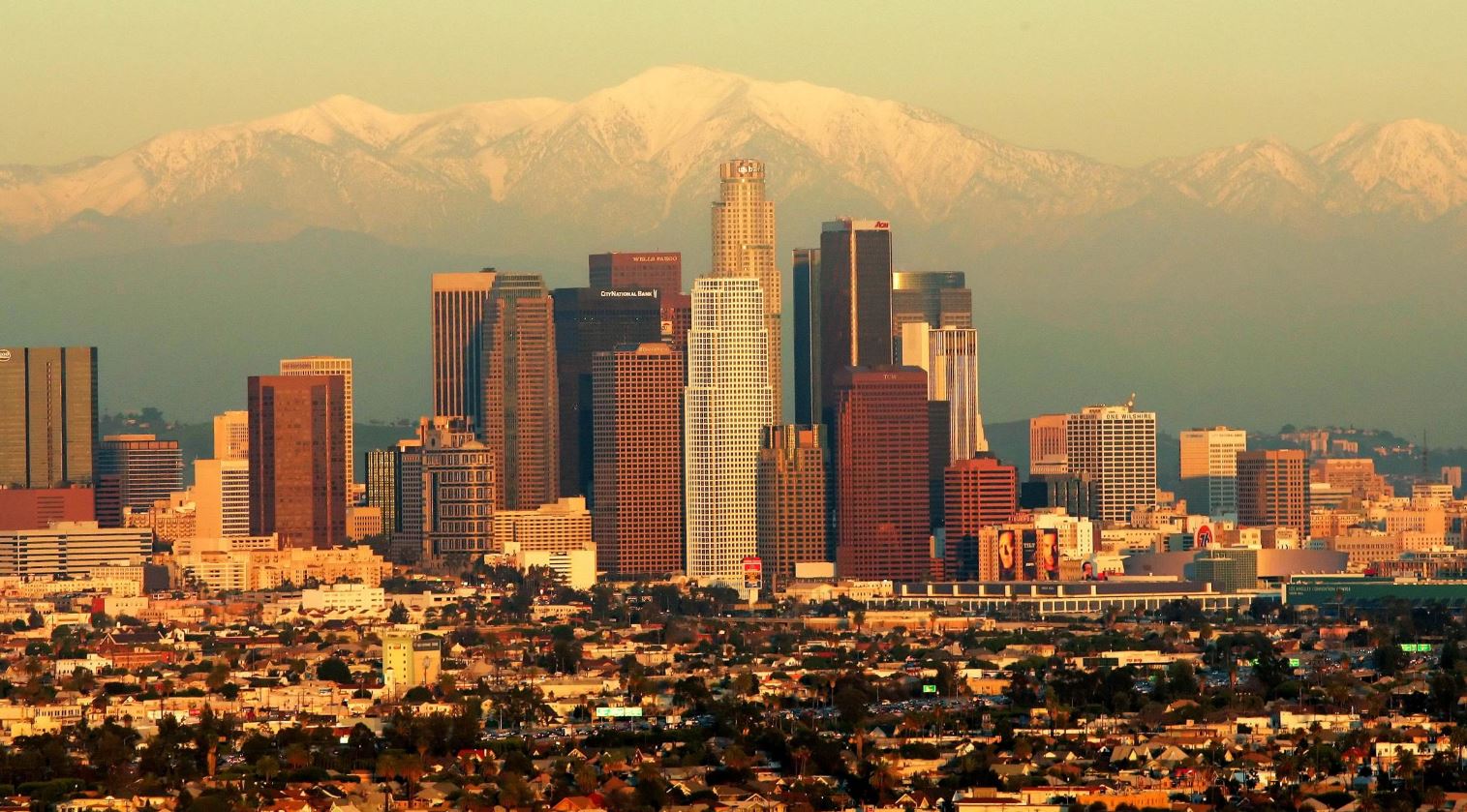

More people live in the sunbaked cities of Los Angeles County than the local water supply can support. Millions more. What’s a parched metropolis that’s long ago outgrown its groundwater canteens to do? Steal what it needs from other regions. Using elaborate systems of concrete-lined straws and pumps, LA slurps meltwater from the Sierras and flowing H2O from rivers hundreds of miles away. OK, it’s not technically theft—the city secured water rights decades ago. But that doesn’t stop people at the sources from grumbling. And as climate change and environmental stresses take their toll, the city and its neighbors will only grow thirstier.





This article was originally published in the March/April 2017 issue of Popular Science, under the title “LA’s Far-Ranging Roots.”
